Arnold, Michael L. 2008. Reticulate Evolution and Humans: Origins and Ecology. Oxford University Press.
Ashraf, N. V. K.; Kumar, A.; and Johnsingh, A. J. T. 1993. "Two Endemic Viverrids of the Western Ghats, India." Oryx 27:109-114.
Bodle, Jessica. 2013. "Paradoxurus jerdoni: Jerdon's Palm Civet (On-line)." Animal Diversity Web. University of Michigan Museum of Zoology. Retrieved September 29, 2014.
- Available at: http://animaldiversity.ummz.umich.edu/accounts/Paradoxurus_jerdoni/
Bell, D.; Roberton, S.; and Hunter, P. R. 2004. "Animal Origins of SARS Coronavirus: Possible Links with the International Trade in Small Carnivores." Philosophical Transactions of the Royal Society of London, Series B, Biological Sciences 359:1107-1114.
Bisby, F.A.; Roskov, Y.R.; Orrell, T.M.; Nicolson, D.; Paglinawan, L.E.; Bailly, N.; Kirk, P.M.; Bourgoin, T.; Baillargeon, G.; and Ouvrard, D. (red.). 2011. "Paradoxurus jerdoni Blanford, 1885." Species 2000 & ITIS Catalogue of Life: 2011 Annual Checklist. Reading, UK. Retrieved September 29, 2014.
- Available at: http://www.itis.gov/servlet/SingleRpt/SingleRpt?search_topic=TSN&search_value=621986
Blanford, W.T. 1855. "Exhibition and Description of a Skull of an Apparently New Species of Paradoxurus (Paradoxurus jerdoni)." Proceedings of the Zoological Society of London 612-613.
- Available via Internet Archive at: http://www.archive.org/stream/proceedingsofgen85zool#page/612/mode/1up
Blanford, W.T. 1885. "A Monograph of the Genus Paradoxurus, F.Cuv." Proceedings of the Zoological Society of London 53:780-808.
- Available via Biodiversity Heritage Library at: http://biodiversitylibrary.org/page/31015893
- Available via Internet Archive at: http://www.archive.org/stream/proceedingsofgen85zool#page/802/mode/1up
Blanford, W.T. 1888-91. Fauna of British India. Mammalia. London: Taylor and Francis.
Boelens, Bo; Watkins, Michael; and Grayson, Michael. 2009. The Eponym Dictionary of Mammals. Johns Hopkins University.
Boudet, Ch. 10 January 2009. "Species Sheet: Brown Palm Civet, Jerdon's Palm Civet." Mammals' Planet: Vs n°4, 04/2010. Retrieved September 29, 2014.
- Available at: http://www.planet-mammiferes.org/drupal/en/node/38?indice=Paradoxurus+jerdoni
Boudet, Ch. 10 January 2009. "Subspecies Sheet [Paradoxurus jerdoni caniscus]." Mammals' Planet: Vs n°4, 04/2010. Retrieved September 29, 2014.
- Available at: http://www.planet-mammiferes.org/drupal/en/node/39?indice=Paradoxurus+jerdoni+caniscus
Boudet, Ch. 10 January 2009. "Subspecies Sheet [Paradoxurus jerdoni jerdoni]." Mammals' Planet: Vs n°4, 04/2010. Retrieved September 29, 2014.
- Available at: http://www.planet-mammiferes.org/drupal/en/node/39?indice=Paradoxurus+jerdoni+jerdoni
"Brown Palm Civet (Paradoxurus jerdoni)." ARKive: Species > Mammals. Retrieved September 29, 2014.
- Available at: http://www.arkive.org/brown-palm-civet/paradoxurus-jerdoni/
Cassell's Universal Portrait Gallery: A Collection of Portraits of Celebrities, English and Foreign. With Facsimile Autographs. 1895. London, Paris & Melbourne: Cassell and Company, Limited.
- Available via Internet Archive at: https://archive.org/details/cassellsuniversa00londiala
Corbet, G.B.; and Hill, J.E. 1992. Mammals of the Indo-Malayan Region: A Systematic Review. Oxford, U.K.: Oxford University Press.
Driver, Stephanie (ed.). 2008. Exploring Mammals, Volume 3. Tarrytown, NY: Marshall Cavendish Corporation.
Duff, Andrew; and Lawson, Ann. 2004. Mammals of the World: A Checklist. Yale University Press.
Ewer, R.F. 1998. The Carnivores. Cornell University Press: Cornell Paperbacks.
Ganesh, T.; and Davidar, P. 1997. "Flowering Phenology and Flower Predation of Cullenia exarillata (Bombacaceae) by Arboreal Vertebrates in Western Ghats, India." Journal of Tropical Ecology 13:459–468.
Gaubert, P.; and Cordeiro-Estrela, P. 2006. “Phylogenetic Systematics and Tempo of Evolution of the Viverrinae (Mammalia, Carnivora, Viverridae) within Feliformians: Implications for Faunal Exchanges between Asia and Africa.” Molecular Phylogenetics and Evolution 41:266-278.
Gervais, Paul. 1855. Histoire naturelle des Mammifères: Carnivores, Proboscidiens, Jumentés, Bisulques, Édentés, Marsupiaux, Monotrèmes, Phoques, Sirénides et Cétacés. Paris: L. Curmer.
Gittleman, John L.; Funk, Stephan M.; Macdonald, David; and Wayne, Robert K. (eds.). 2001. Carnivore Conservation. Cambridge University Press: Conservation Biology 5.
Hayssen, Virginia; Van Tienhoven, Ari; and Van Tienoven, Ans. Asdell’s Patterns of Mammalian Reproduction: A Compendium of Species-Specific Data. Cornell University, 1993.
Hunter, Luke; and Barrett, Priscilla. 2011. A Field Guide to the Carnivores of the World. London, Cape Town, Sydney, Auckland: New Holland Publishers (UK) Ltd.
Jennings, A. P.; and Veron, J. 2009. "Family Viverridae (Civets, Genets, and Oyans)." In: Don E. Wilson and Russel Mittermeier (Hrsg.) Handbook of the Mammals of the World Volume 1: Carnivores. Lynx Edicions.
Jerdon, T.C. 1874. The Mammals of India; A Natural History of All the Animals Known to Inhabit Continental India. London: John Wheldon.
- Available via Internet Archive at: https://archive.org/details/mammalsofindiana00jerd
"Jerdon's Palm Civet." The Animal Files: Mammals > Carnivores. Retrieved September 29, 2014.
- Available at: http://www.theanimalfiles.com/mammals/carnivores/civet_jerdons_palm.html
"Jerdon's Palm Civet." FeedBlitz: Animal of the Day. Retrieved September 29, 2014.
- Available at: http://archive.feedblitz.com/18821/~3853587
“Jerdon's Palm Civet Pictures and Facts.” The Website of Everything: Animals > Mammals > Carnivora > Viverridae > Paradoxurinae > Arctogalidia. Retrieved September 29, 2014.
- Available at: http://thewebsiteofeverything.com/animals/mammals/Carnivora/Viverridae/Paradoxurus/Paradoxurus-jerdoni.html
Karanth, K. Ullas. 1981. "Bhadra Wildlife Sanctuary and its Endangered Ecosystem." Journal of the Bombay Natural History Society 79:79-86.
- Available at: http://repository.ias.ac.in/89480/
Kinnear, N.B. 28 May 1913. “The Brown Palm-Civet in North Kanara.” The Journal of the Bombay Natural History Society 22:390.
- Available via Biodiversity Heritage Library at: http://www.biodiversitylibrary.org/page/30155349
Kondo, H.; Tesar, J.; Cloud, D.; Kagan, L. (eds.). 1972. Civets, Genets, and Linsangs, Volume 2, 3rd Edition. Milan: Fratelli Fabbri Editori.
Larivière, Serge. 2004. "Civets, Genets, and Linsangs (Viverridae)." Pp. 335-339 in Grzimek's Animal Life Encyclopedia, Second Edition. Volume 14: Mammals III, edited by Michael Hutchins, Devra G. Kleiman, Valerius Geist, and Melissa C. McDade. Farmington Hills, MI: Gale Group, Inc., division of Thomson Learning Inc.
Miles, A.E.W.; and Grigson, Caroline (eds.). 1990. Colyer's Variations and Diseases of the Teeth of Animals. Cambridge University Press.
Mudappa, Divya. 2006. "Day-bed Choice by the Brown Palm Civet (Paradoxurus jerdoni) in the Western Ghats, India." Zeitschrift fur Saugetierkunde 71(4):238–243.
Mudappa, D. 1998. "Use of Camera-traps to Survey Small Carnivores in the Tropical Rain Forest of Kalakad-Mundanthurai Tiger Reserve, India." Small Carnivore Conservation 18:9-11.
Muddapa, D.; and Choudhury, A. 2008. "Paradoxurus jerdoni." In: IUCN 2014. International Union for Conservation of Nature and Natural Resources Red List of Threatened Species. Version 2014.1. Retrieved September 29, 2014.
- Available at: http://www.iucnredlist.org/details/full/16104/0
Mudappa, D.; Kumar, A.; and Chellam, R. 2010. "Diet and Fruit Choice of the Brown Palm Civet Paradoxurus jerdoni, a Viverrid Endemic to the Western Ghats Rainforest, India." Tropical Conservation Science 3 (3):282–300.
Mudappa, D; Noon, B.R.; Kumar, A.; and Chellam, R. 2007. "Responses of Small Carnivores to Rainforest Fragmentation in the Southern Wester Ghats, India." Small Carnivore Conservation 36:18–26.
Myers, Norman; Mittermeier, Russell A.; Mittermeier, Cristina G.; da Fonseca, Gustavo A.B.; and Kent, Jennifer. 24 February 2000. “Biodiversity Hotspots for Conservation Priorities.” Nature 403: 853-858.
Myers, P.; Espinosa, R.; Parr, C.S.; Jones, T.; Hammond, G.S.; and Dewey, T.A. 2014. “Paradoxurus jerdoni: Jerdon's Palm Civet (On-line).” The Animal Diversity Web. University of Michigan Museum of Zoology. Retrieved September 29, 2014.
- Available at: http://animaldiversity.ummz.umich.edu/accounts/Paradoxurus_jerdoni/specimens/
Nowak, Ronald M. 1999. Walker's Mammals of the World, Sixth Edition. Volume I. Baltimore: Johns Hopkins University Press.
Page, Navendu V.; Qureshi, Qamar; Rawat, Gopal S.; and Kushalappa, Cheppudira B. January 2010. “Plant Diversity in Sacred Forest Fragments of Western Ghats: A Comparative Study of Four Life Forms.” Plant Ecology 206 (2):237-250.
"Paradoxurus jerdoni." NCBI Taxonomy: Metazoa > Chordata > Mammalia > Carnivora > Viverridae > Paradoxurus. GBIF ID 106211370. Retrieved September 29, 2014.
- Available at: http://www.gbif.org/species/106211370
“Paradoxurus jerdoni Blanford, 1885.” The Marine Biological Universal Biological Indexer and Organizer. Retrieved September 29, 2014.
- Available at: http://www.ubio.org/browser/details.php?namebankID=105793
"Paradoxurus jerdoni: Brown Palm Civit." Encyclopedia of Life. Retrieved September 29, 2014.
- Available at: http://eol.org/pages/328090/details
"Paradoxurus jerdoni (Jerdon's Palm Civet)." ZipcodeZoo: Species Identifier 8867. Retrieved September 29, 2014.
- Available at: http://zipcodezoo.com/animals/p/paradoxurus_jerdoni/
Rajamani, N.; Mudappa, D.; and Van Rompaey, H. 2002. "Distribution and Status of the Brown Palm Civet in the Western Ghats, South India." Small Carnivore Conservation 27:6-11.
Schreiber, A.; Wirth, R.; Riffel, M.; and Van Rompaey, H. 1989. Weasels, Civets, Mongooses, and Their Relatives. An Action Plan for the Conservation of Mustelids and Viverrids. Gland, Switzerland: IUCN.
“UN Designates Western Ghats as World Heritage Site.” The Times of India: Environment > Flora & Fauna. Retrieved September 29, 2014.
- Available at: http://timesofindia.indiatimes.com/home/environment/flora-fauna/UN-designates-Western-Ghats-as-world-heritage-site/articleshow/14595602.cms?referral=PM
Veron, Geraldine. 2010. “Phylogeny of the Viverridae and ‘Viverrid-like’ Feliforms.” Pp. 64-90 in Carnivoran Evolution: New Views on Phylogeny, Form and Function edited by Anjali Goswami and Anthony Friscia. Cambridge University Press: Cambridge Studies in Morphology and Molecules.
Wilson, Don E.; and Cole, F. Russell. 2000. Common Names of Mammals of the World. Washington, D.C.: Smithsonian Institution Press.
Wilson, Don E.; and Reeder, DeeAnn M. (editors). 2005. Mammal Species of the World: A Taxonomic and Geographic Reference (3rd ed), Johns Hopkins University Press.
Wrobel, Murray (Editor). 2007. Elsevier's Dictionary of Mammals: Latin English German French Italian. Oxford, U.K.: Elsevier B.V.


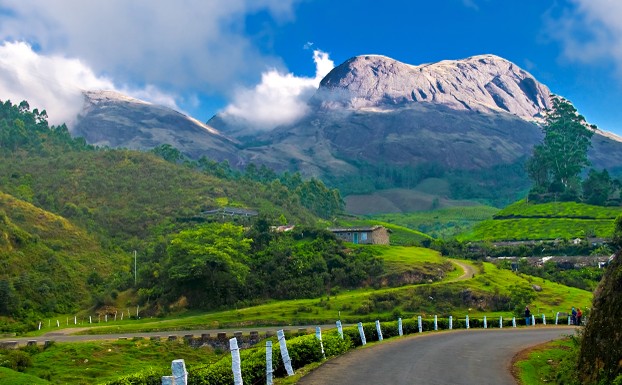
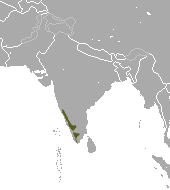
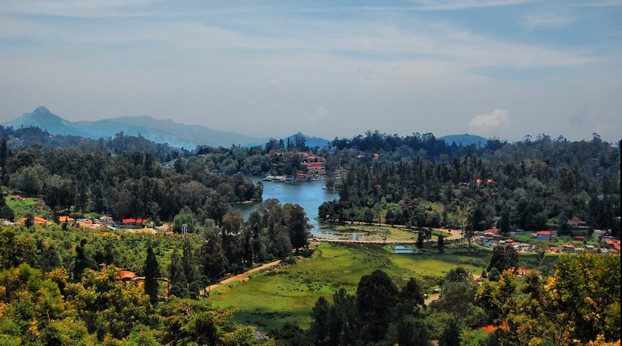
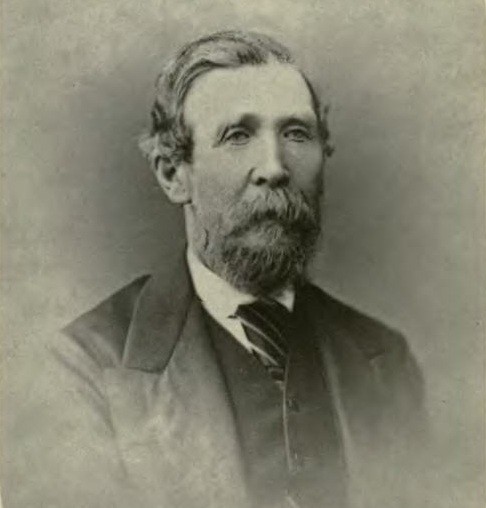
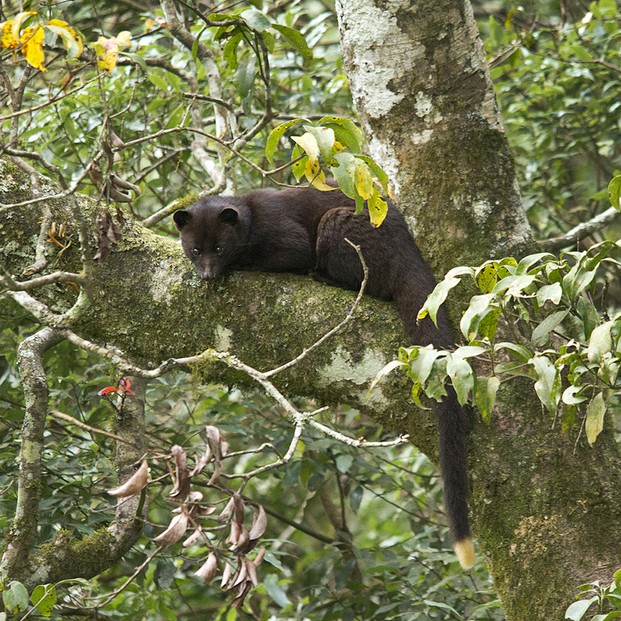
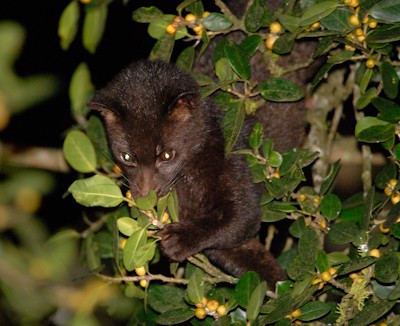
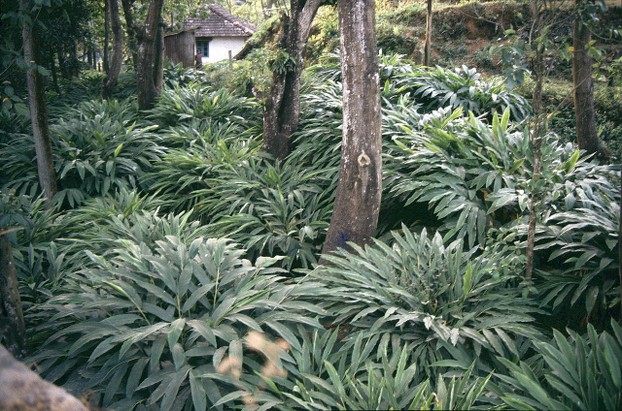
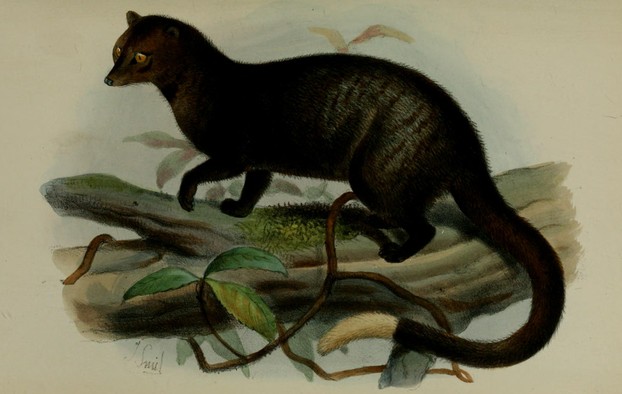
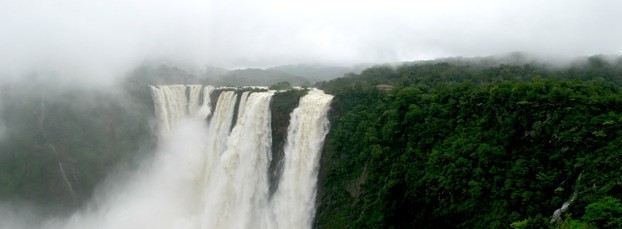
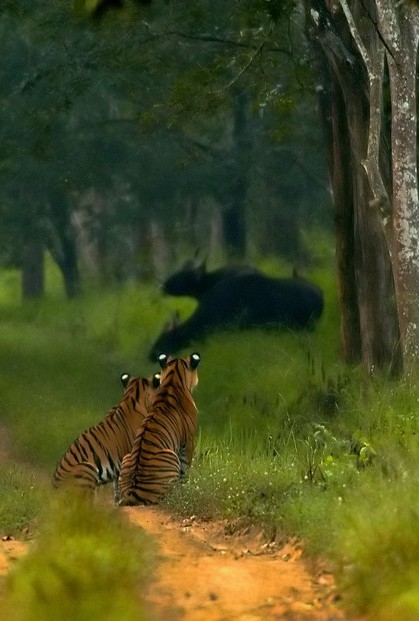





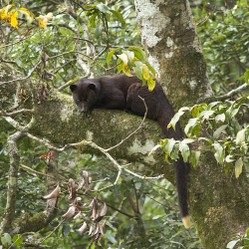

 Are Hawaiian Huakai Po Nightmarchers Avenging Halloween Thursday?on 10/02/2024
Are Hawaiian Huakai Po Nightmarchers Avenging Halloween Thursday?on 10/02/2024
 Mailing Addresses for 2023 Form 4868 Extending 1040 and 1040SR April 15, 2024, Due Dateon 04/15/2024
Mailing Addresses for 2023 Form 4868 Extending 1040 and 1040SR April 15, 2024, Due Dateon 04/15/2024
 Mailing Addresses for 2023 Forms 1040 and 1040SR Filed in 2024on 04/15/2024
Mailing Addresses for 2023 Forms 1040 and 1040SR Filed in 2024on 04/15/2024
 Mailing Addresses for 2022 Form 4868 Extending 1040 and 1040SR April 18, 2023, Due Dateon 04/13/2023
Mailing Addresses for 2022 Form 4868 Extending 1040 and 1040SR April 18, 2023, Due Dateon 04/13/2023

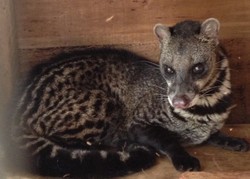
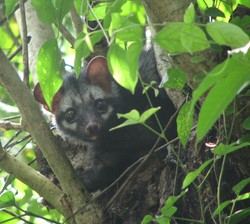
Comments